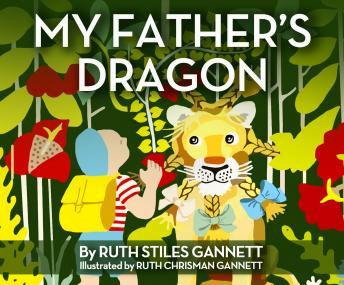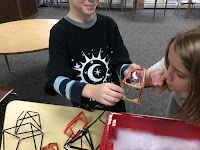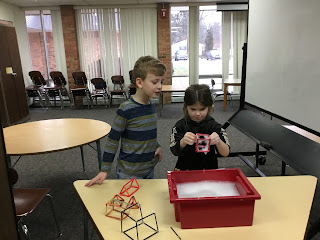
NATIONAL COMPLIMENT DAY
A compliment has a powerful effect. It can instill confidence in a child, or validate someones hard work. A compliment not only improves the receivers mood, but also says something about the giver. It tells them you noticed. Whether we recognize someones achievement or their classic style, a compliment goes a long way.
To give a great compliment, the most important thing is to be sincere! Human beings like to be unique. Strive to give a compliment about what makes the person stand out above the rest. Take the time to reflect what you truly admire about the person.
HOW TO OBSERVE #NationalComplimentDay-
1/27- 2:30-3:30 Robotics Club
2:30-3:00 Student Council
LANGUAGE ARTS
 This week we referred back to the Wumbers book that we had read last week to decipher some of the words. We did the first one together and then the students completed seven more translations on their own. After going over those, we chose the word ornate (orn8) from the book and completed a vocabulary map together. We found the definition, synonyms, antonyms, syllables, and origin of ornate.
This week we referred back to the Wumbers book that we had read last week to decipher some of the words. We did the first one together and then the students completed seven more translations on their own. After going over those, we chose the word ornate (orn8) from the book and completed a vocabulary map together. We found the definition, synonyms, antonyms, syllables, and origin of ornate. MATH

This week we continued working on area. However, we used triangles instead of squares to measure the surface of our shapes. This was a bit of a challenge for the kids at first, but they persevered and figured it out! We will begin a new lesson next week.
LANGUAGE ARTS
 Students finished up their hamburger model for the prediction paragraph they are composing. Now that we are more than half way through My Father's Dragon, students should be able to predict a more accurate ending of the book based on the setting, characters, and plot. I am encouraging them to find sentences from the book to back up their predictions. We will continue working on these next week.
Students finished up their hamburger model for the prediction paragraph they are composing. Now that we are more than half way through My Father's Dragon, students should be able to predict a more accurate ending of the book based on the setting, characters, and plot. I am encouraging them to find sentences from the book to back up their predictions. We will continue working on these next week. MATH
This week we did the very anticipated 3-D bubble experiment! The first day students began by predicting what shape would appear in the middle and then watched as I dipped the shapes into the bubble solution. We compared their predictions to the shapes that actually formed in the center of the bubbles. We even made a hyper-cube in a few of the shapes. The kids were amazed!


The next day I let the students dip the shapes they had created into the bubble solution. First they presented their shape and told the class the number of vertices, edges, faces, and shape of the base. Next, they dipped their shape to see if they could get the shape in the middle. I also let them all have a few tries at making a cube from a square bubble. This experiment turned out to be a lot of fun!





LANGUAGE ARTS
Students were introduced to using annotations to help them better understand what they are reading. I gave each student a bookmark with annotation symbols on it that they can use to help them mark important elements of the text. We began annotating a biography about Jane Goodall together. Students will complete that next week.
Math
 This week we worked on Puzzling Puzzlers. Students used their knowledge of 100's chart patterns to find missing numbers on a 700's chart. Using the patterns they have learned, students were able to fill in missing numbers without looking at the chart for help. We will begin a new lesson next week.
This week we worked on Puzzling Puzzlers. Students used their knowledge of 100's chart patterns to find missing numbers on a 700's chart. Using the patterns they have learned, students were able to fill in missing numbers without looking at the chart for help. We will begin a new lesson next week.LANGUAGE ARTS
 This week students were introduced to the mystery genre and language that goes along with it. This leads into the novel that we will be reading. Next week, we will be doing a mystery packet to even better prepare students for our novel study.
This week students were introduced to the mystery genre and language that goes along with it. This leads into the novel that we will be reading. Next week, we will be doing a mystery packet to even better prepare students for our novel study. MATH
This week we continued our discussion on transformations, focusing on rotations. First, students came up with a list of things they believed are real-life examples of rotations. After I explained the definition of a rotation and we had a discussion, we revisited the list. Students were then able to identify that some of the items they thought were a rotation, actually did not meet the criteria.
Finally, students played the Shape Up! game. In this game, students had to verbally identify the location they would be moving to and the transformation needed to move the shape. Their opponent then has a chance to challenge the move if the disagree. The first player to get four markers in a row wins the game!
I hope everyone has a fantastic weekend! Don't forget to give out a few compliments!
Mrs. Marquardt




























